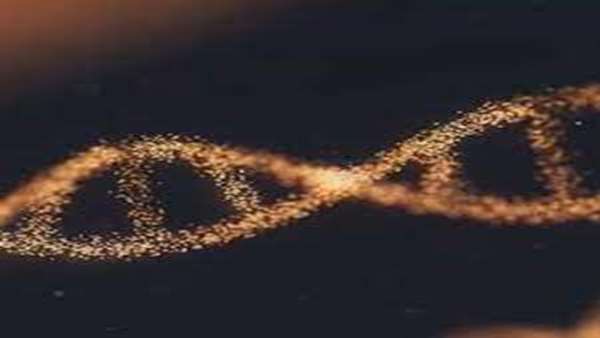Now, a team at Harvard Medical School has identified a novel mechanism of DNA repair that occurs exclusively in neurons, some of the longest-lived cells in the body. The research, conducted in mice and published Feb. 15 in Nature, helps explain why neurons continue to function over time despite their intense repetitive work.
Specifically, the findings show that a protein complex called NPAS4–NuA4 initiates a pathway to repair DNA breaks induced by activity in neurons.
“There’s this contradiction there on a biological level — neuronal activity is critical to neuron performance and survival, yet inherently damaging to the DNA of the cells,” said co-first author Daniel Gilliam, a graduate student in the Program in Neuroscience at HMS.
The team turned its attention to NPAS4, a transcription factor whose function was discovered by Michael Greenberg’s lab in 2008. A protein known to be highly specific to neurons, NPAS4 regulates the expression of activity-dependent genes to control inhibition in excitatory neurons as they respond to external stimuli.
“The thing that’s been a mystery to us is why neurons have this extra transcription factor that doesn’t exist in other cell types,” said Greenberg, the Nathan Marsh Pusey Professor of Neurobiology in the Blavatnik Institute at HMS and senior author on the new paper.
In the new study, the researchers conducted a series of biochemical and genomic experiments in mice. First, they determined that NPAS4 exists as part of a complex made of 21 different proteins, known as NPAS4–NuA4. They then established that the complex binds to sites on neuronal DNA with a lot of damage and mapped the locations of those sites. When components of the complex were inactivated, more DNA breaks occurred, and fewer repair factors were recruited. Additionally, sites where the complex was present accumulated mutations more slowly than sites without the complex. Finally, mice lacking the NPAS4–NuA4 complex in their neurons had significantly shortened life spans.
“What we found is that this factor plays a critical role in initiating a novel DNA repair pathway that can prevent the breaks that occur alongside transcription in activated neurons,” Pollina said.
“It’s this extra layer of DNA maintenance that’s embedded within the neuronal response to activity,” Gilliam added, and it provides a “potential solution to the problem that you need a certain amount of activity to sustain neuronal health and longevity, but the activity itself is damaging.”




ارسال به دوستان